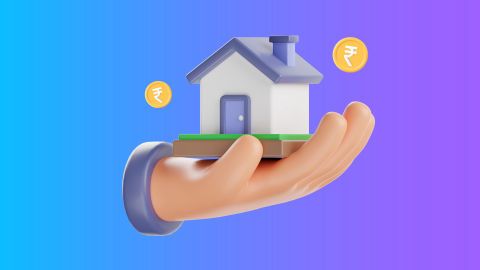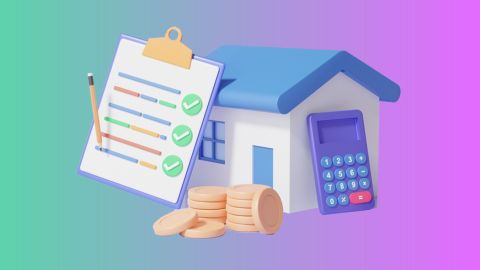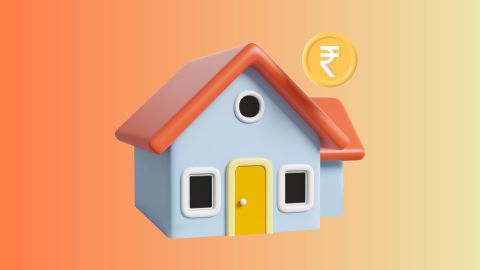Are you considering a mortgage loan but confused about the limits and how they affect you? Understanding mortgage loan limits is essential for anyone looking to secure a property loan. These limits can significantly impact how much you can borrow and the terms of your loan. In this article, we will explore everything you need to know about mortgage loan limits. Whether you are looking to understand what these limits are, how they are set, or the current limits in place, we have got you covered. Additionally, we will discuss the impact of these limits on borrowers and how you can make the most of your borrowing potential. By the end of this article, you will have a comprehensive understanding of mortgage loan limits and be better equipped to navigate the borrowing landscape.
What are mortgage loan limits?
Mortgage loan limits are the maximum amount that lenders are willing to finance for a borrower. These limits are influenced by various factors, including the borrower's creditworthiness, the property's value, and regulatory guidelines. For instance, Bajaj Finance offers a Loan Against Property with competitive interest rates and flexible repayment options. By understanding these limits, borrowers can better plan their finances and ensure they are borrowing within their means.
How are mortgage loan limits set?
Mortgage loan limits are typically set by financial institutions and regulatory bodies. They consider several factors such as:
- Credit score: A higher credit score often means higher loan limits.
- Property value: The value of the property being mortgaged directly impacts the loan limit.
- Income and debt: Lenders assess your income and existing debt to determine how much you can afford to repay.
- Regulatory guidelines: Government regulations also play a crucial role in setting these limits to ensure financial stability and prevent over-lending.
Current mortgage loan limits
Here are the current mortgage loan limits in India:
- Urban areas: Up to ₹3 crores
- Semi-urban areas: Up to ₹2 crores
- Rural areas: Up to ₹1 crore
These limits may vary based on the lender and the specific loan product.
Impact of mortgage loan limits on borrowers
Mortgage loan limits can significantly impact borrowers in several ways:
- Borrowing capacity: Higher loan limits enable borrowers to access more funds, making it easier to purchase higher-value properties.
- Interest rates: Sometimes, higher loan limits come with more competitive interest rates, as lenders are more confident in the borrower's ability to repay.
- Repayment terms: Loan limits also influence the repayment terms, including the loan tenure and EMI amounts.
- Financial planning: Knowing the loan limits helps borrowers plan their finances better, ensuring they do not overextend themselves.
With Bajaj Finserv Loan Against Property, borrowers can use the EMI calculator to plan their repayments effectively.
Understanding mortgage loan limits is crucial for anyone looking to secure a mortgage. These limits determine how much you can borrow, influence the terms of your loan, and impact your overall financial planning. By considering factors like credit score, property value, and regulatory guidelines, lenders set these limits to ensure responsible lending. For those looking for a reliable and flexible loan option, Bajaj Finserv Loan Against Property is an excellent choice, offering competitive limits and terms tailored to meet your needs. Equip yourself with the knowledge of mortgage loan limits and make informed borrowing decisions today.




